House Finch Eye Disease
House finch eye disease. I did some digging on The Google and came up with this. Lab tests revealed that the birds had Mycoplasma gallisepticum a pathogenic bacterium that causes a form of conjunctivitis known as House Finch eye disease. The disease was first detected by backyard birdwatchers in Maryland in February 1994 when birds with crusty swollen eyes were showing up at their feeders.
Treating finch eye disease takes patience and consistency in applying treatment. Symptoms of the disease which mainly affects house finches include scabby swollen runny cloudy-looking or glassy eyes mucous oozing from the nostrils and an upper respiratory infection. Tahlequah resident Denise Brill has loved observing birds at her feeders over the past year but she has learned the hobby can become dangerous.
Most pathogens have a natural incentive not to make their hosts too sick too fast lest they kill off the organism theyre living within before they can replicate and spread or at least thats the conventional wisdom among epidemiologists. Conjunctivitis is a term that means inflammation or infection of the conjunctiva which is a thin membrane that covers the inside of the eyelid and outside of the eyeball. What is House Finch Eye Disease.
House finch eye disease is usually the outcome. A robust wave of opportunists can sometimes overwhelm an. As the infection spreads the bird can become completely blind.
Avian conjunctivitis is an eye infection that can inflict many species of songbird but is most often seen in house finches. Five Ways to Avoid House Finch Eye Disease Consider taking down feeders in summer. Youre probably away more and they really dont need help surviving then.
Mycoplasmal refers to the bacterium that causes the infection Mycoplasma gallisepticum. Watch to see if your feeders are being slowly mobbed by house finches. House finches are common birds across North America but their numbers dropped by as much as half with the House Finch eye disease epidemic.
House Finches are by far the most common victims but the disease also strikes American Goldfinches and rarely Purple Finches Evening Grosbeaks and Pine Grosbeaks. They generally dont come all at once.
Initially reported only in house finch populations the disease has recently been reported in other members of the finch fringillidae family such as goldfinches purple finches evening grosbeaks pine grosbeaks dark-eyed juncos and house sparrows and some non-finch species such as blue jays and black-capped chickadees.
Tahlequah resident Denise Brill has loved observing birds at her feeders over the past year but she has learned the hobby can become dangerous. Avian conjunctivitis is an eye infection that can inflict many species of songbird but is most often seen in house finches. Treating finch eye disease takes patience and consistency in applying treatment. It is estimated that less than 10 of the population is affected by the House Finch Eye Disease mycoplasmal conjunctivitis. The North American Wildlife Health Care Centers network of rehabilitators have used the following treatment successfully. Mycoplasmal refers to the bacterium that causes the infection Mycoplasma gallisepticum. An update Biological invasions continue to sweep across the continent one after another. The disease spread rapidly across the Eastern Seaboard leaving House Finches listless mostly blind and vulnerable to predators and bad weather. I also have seen at various times birds attempting to land on water that seemed uncertain.
House finches are common birds across North America but their numbers dropped by as much as half with the House Finch eye disease epidemic. House Finch eye disease or Mycoplasmal conjunctivitis is a highly contagious respiratory disease that affects some wild domestic birds. Conjunctivitis is a term that means inflammation or infection of the conjunctiva which is a thin membrane that covers the inside of the eyelid and outside of the eyeball. The disease was first detected by backyard birdwatchers in Maryland in February 1994 when birds with crusty swollen eyes were showing up at their feeders. House Finches are by far the most common victims but the disease also strikes American Goldfinches and rarely Purple Finches Evening Grosbeaks and Pine Grosbeaks. An update Biological invasions continue to sweep across the continent one after another. They generally dont come all at once.
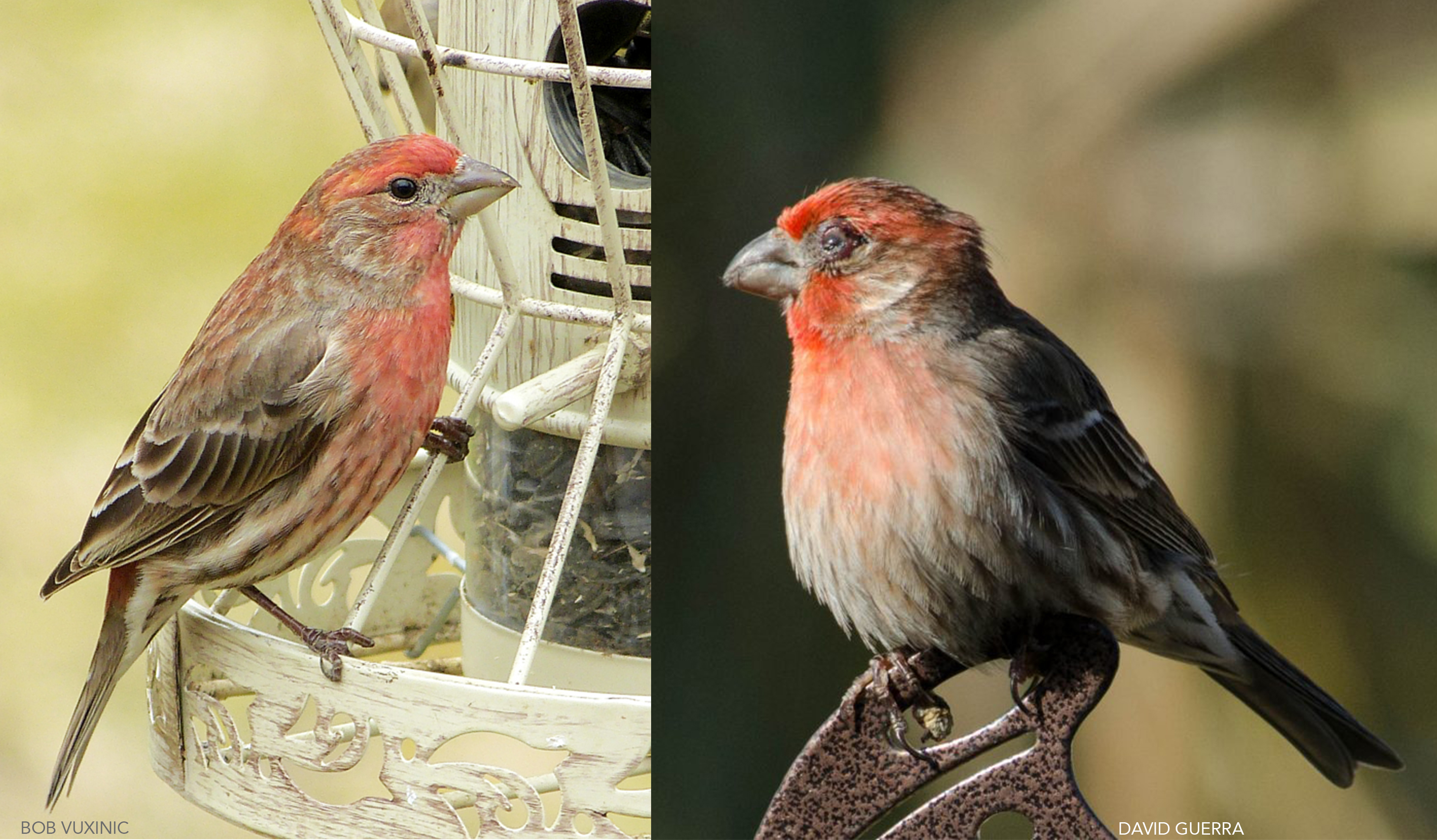










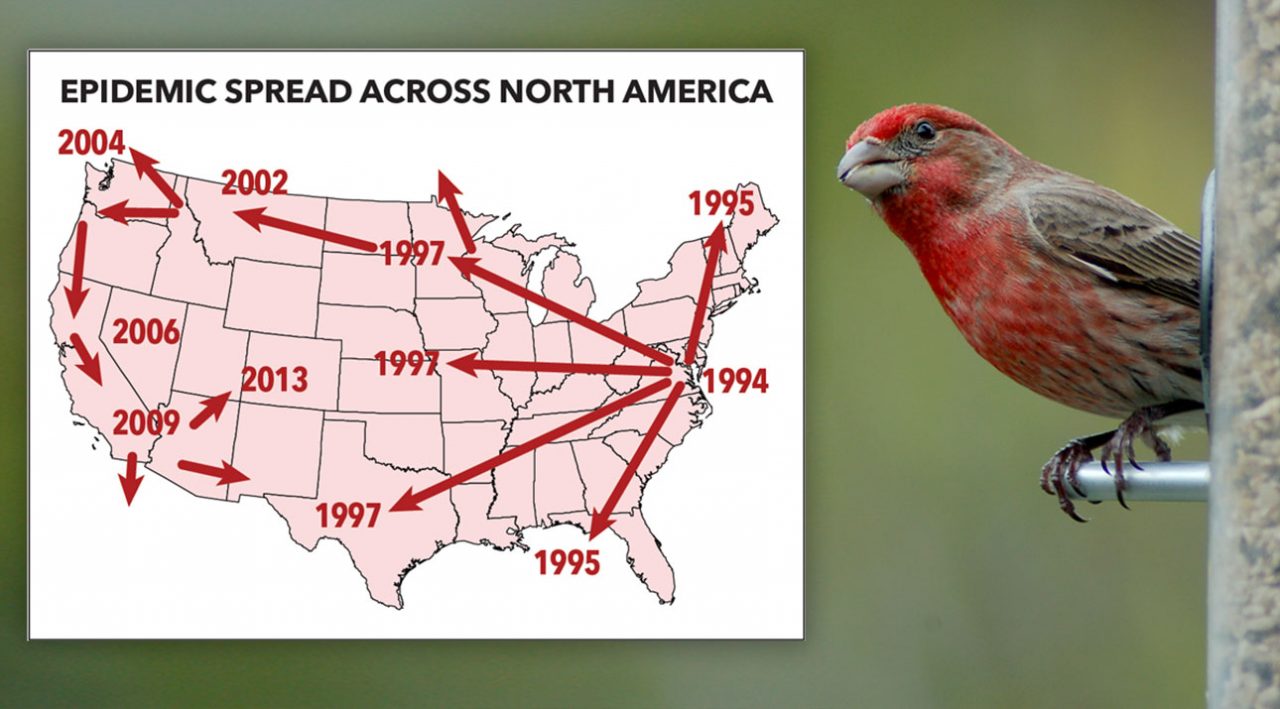



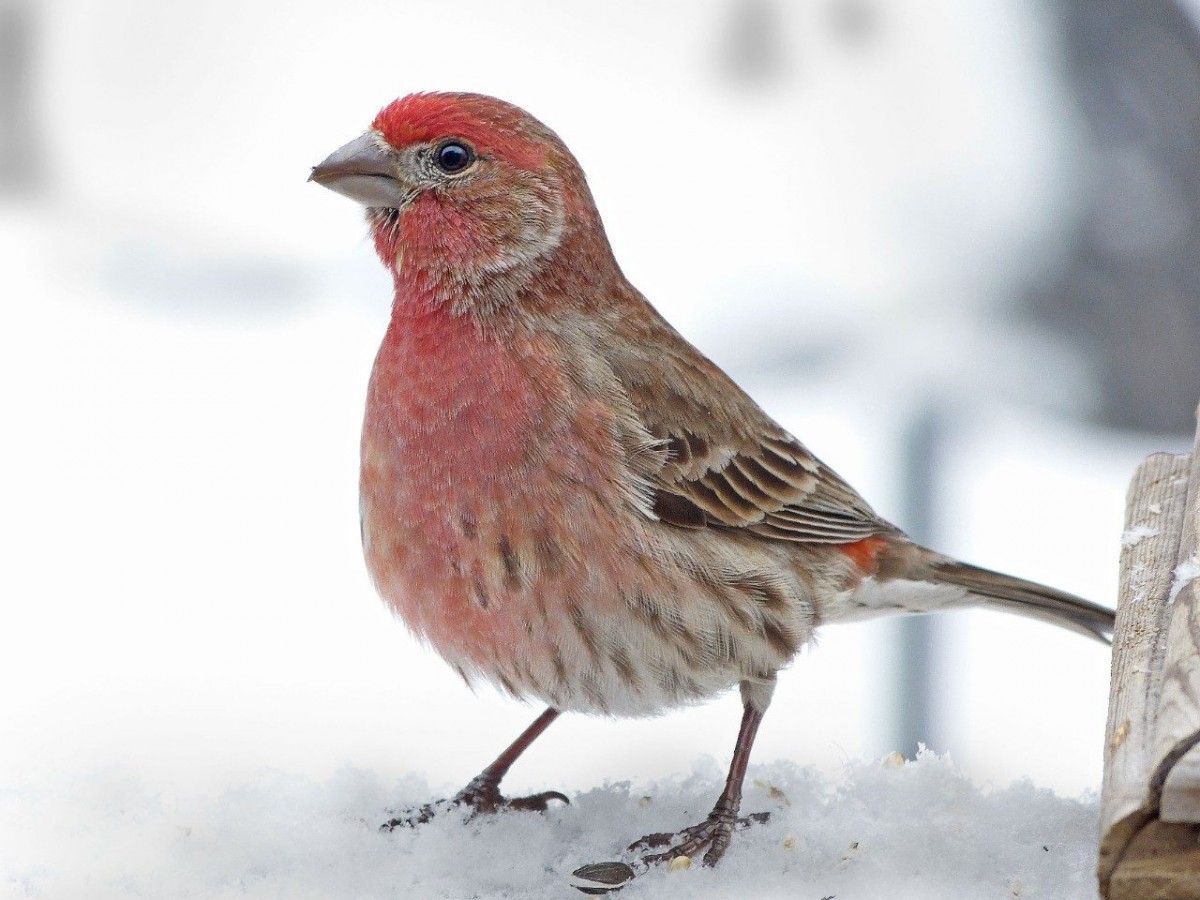


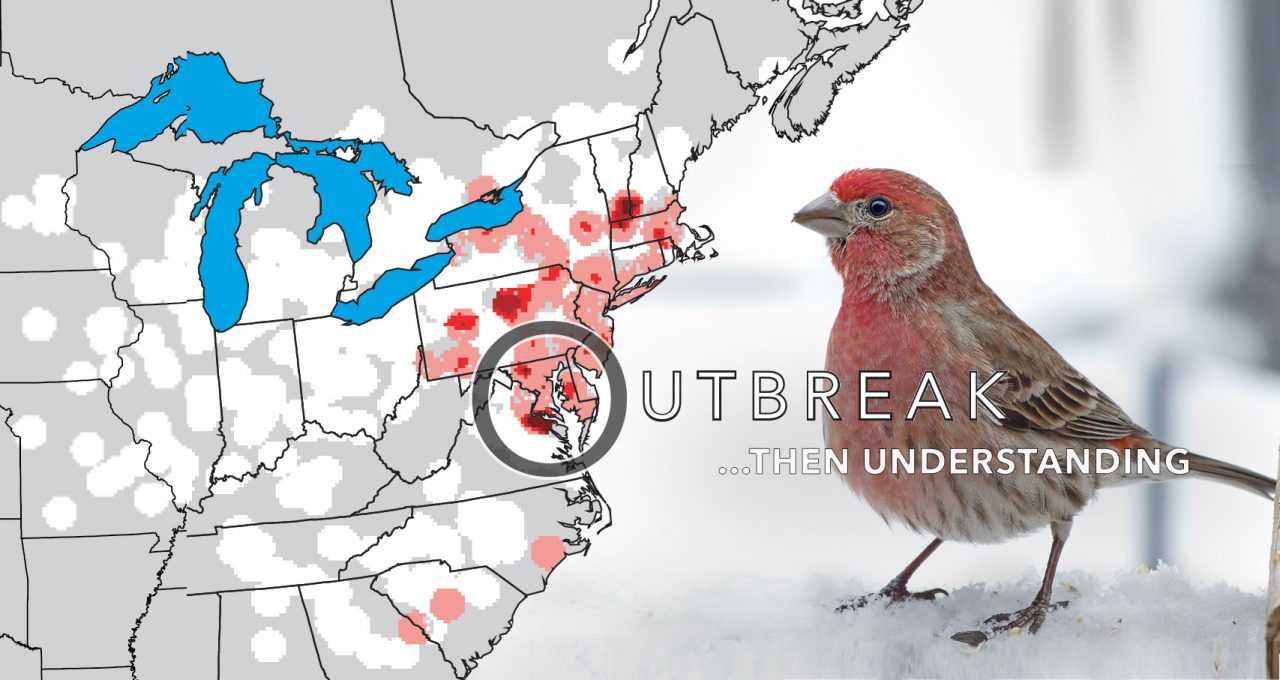


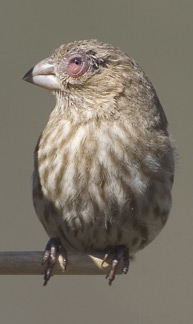

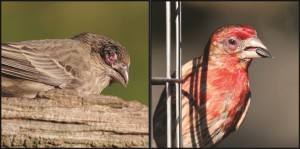
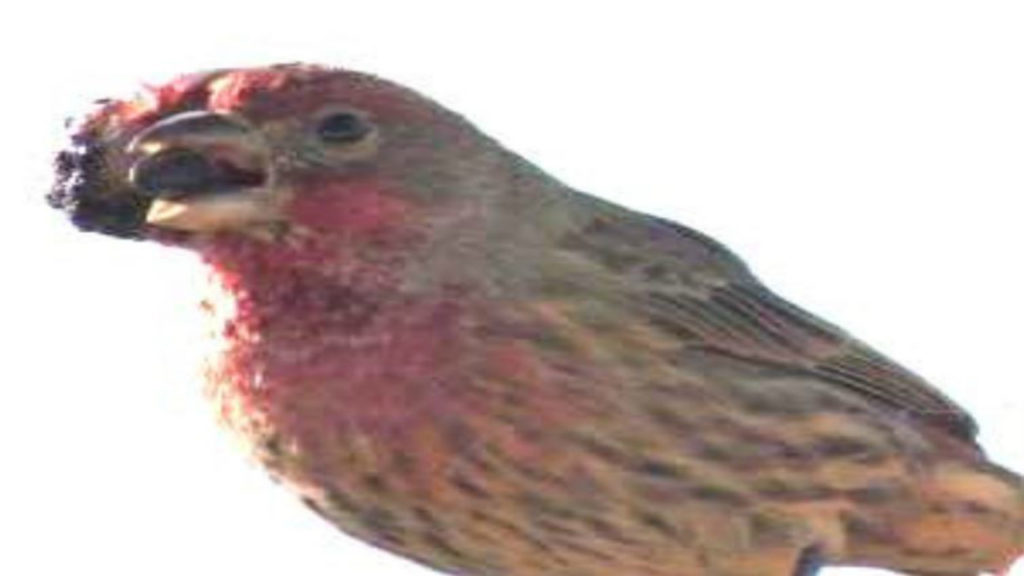

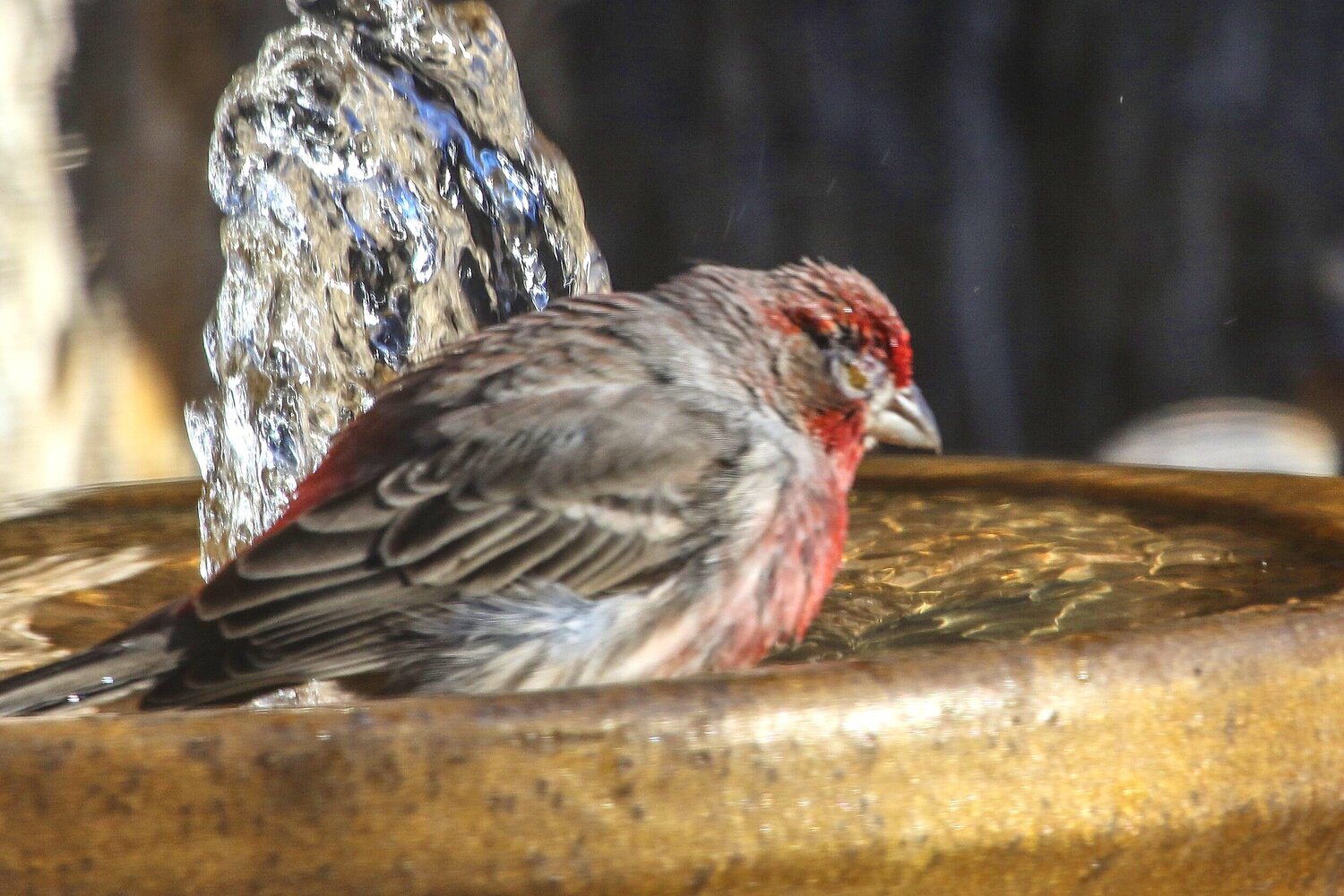
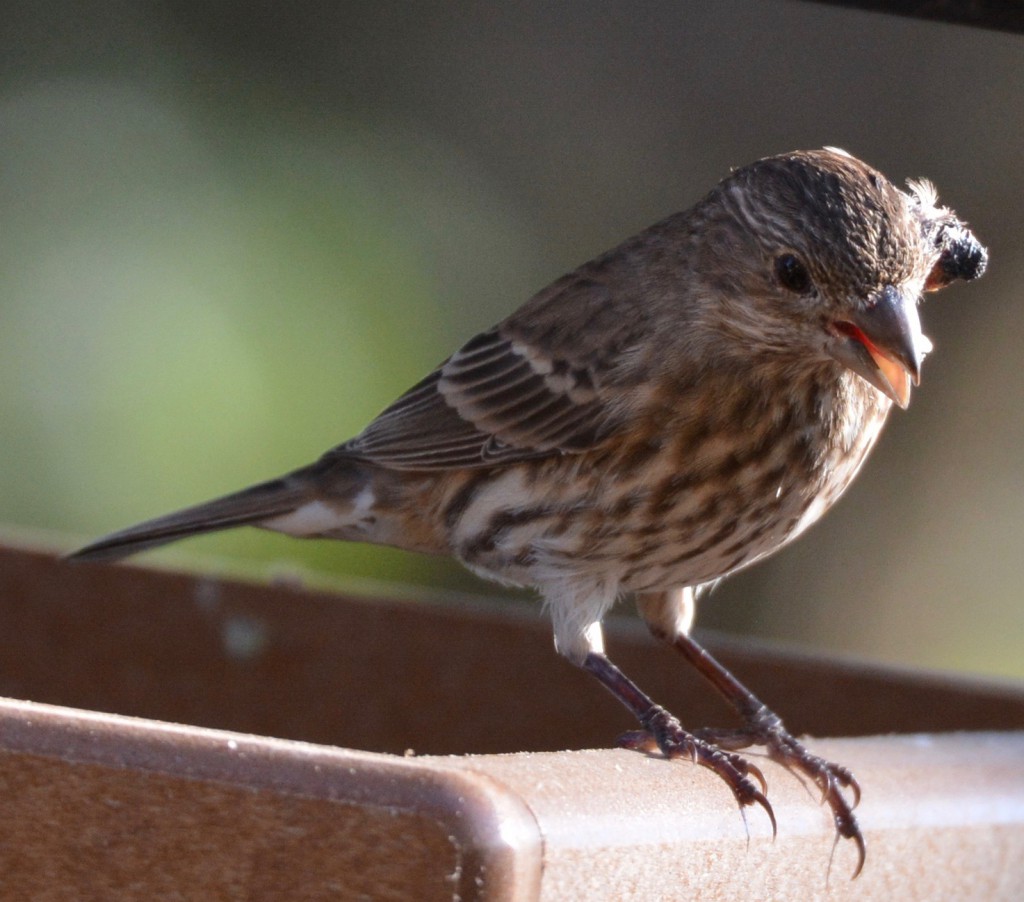


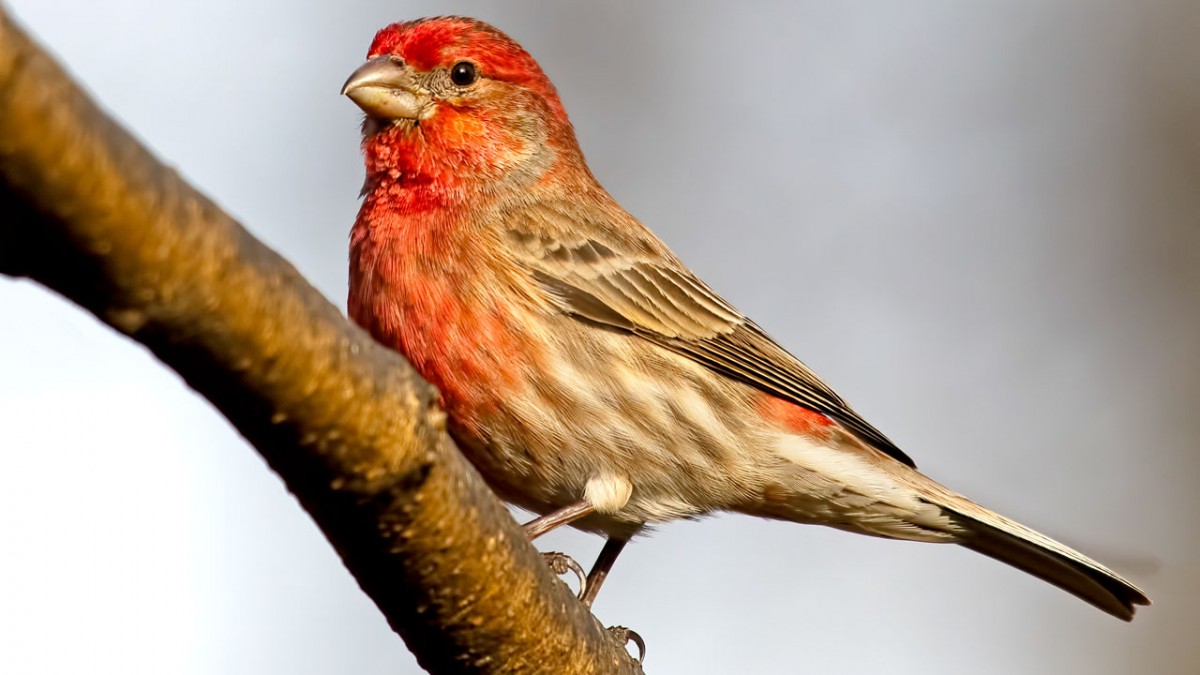

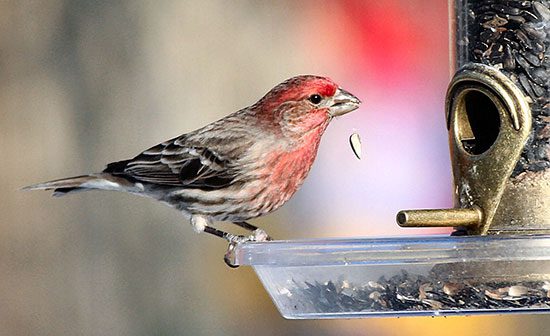
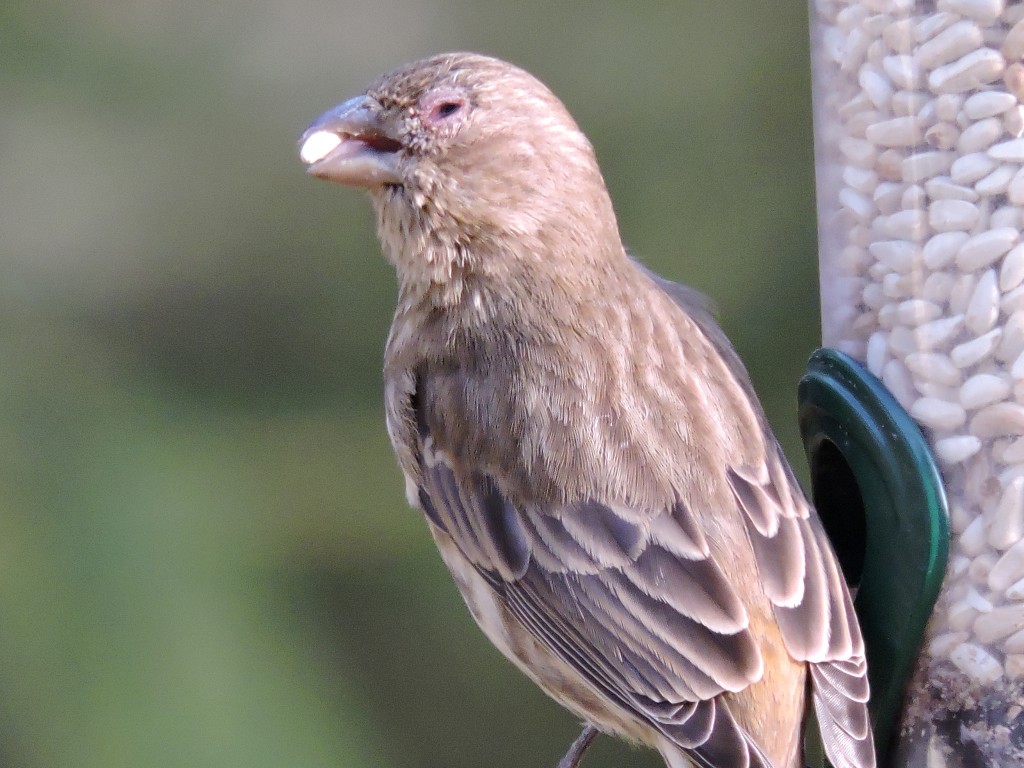



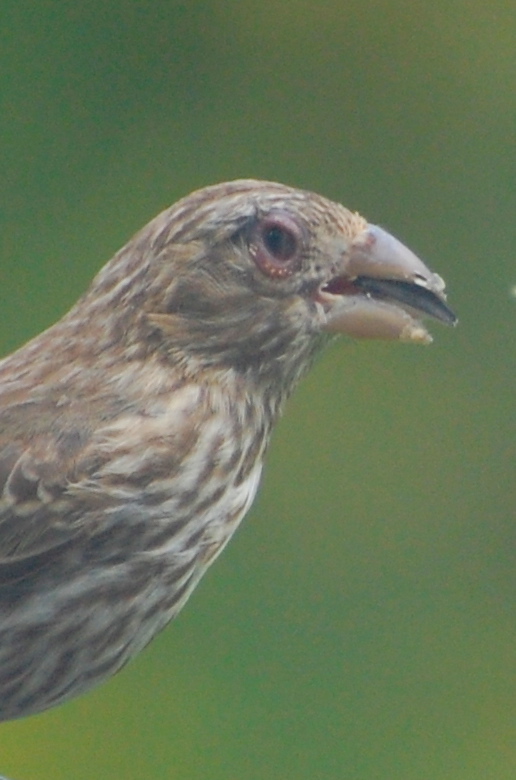




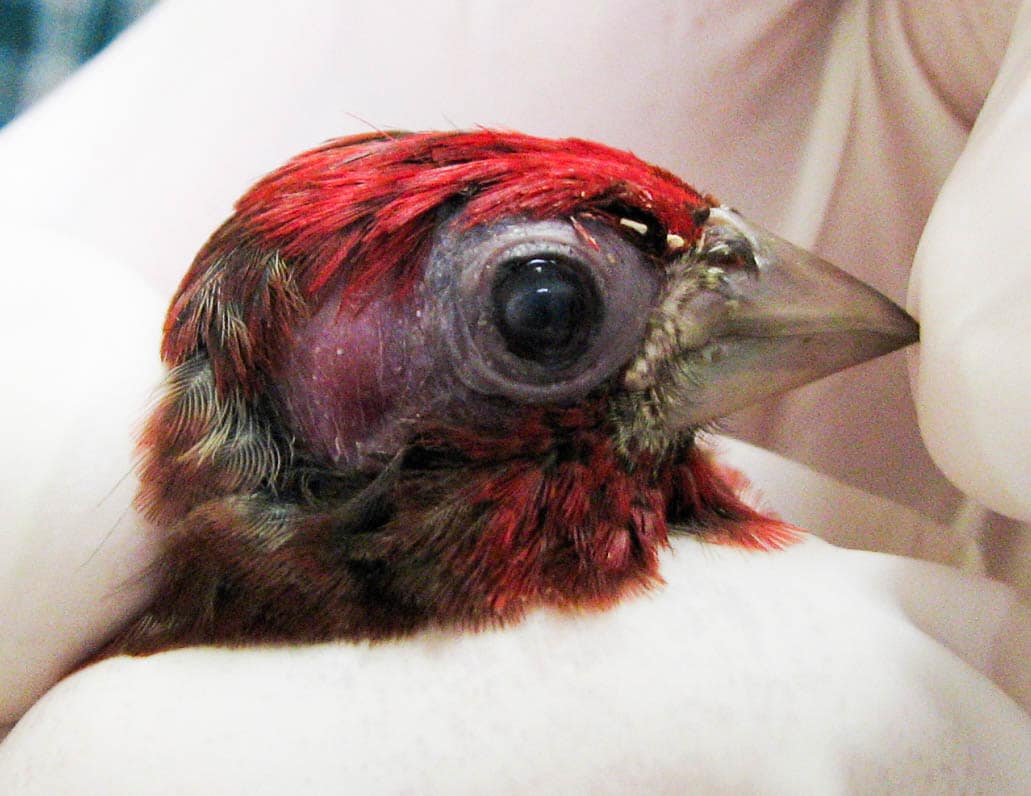

Post a Comment for "House Finch Eye Disease"